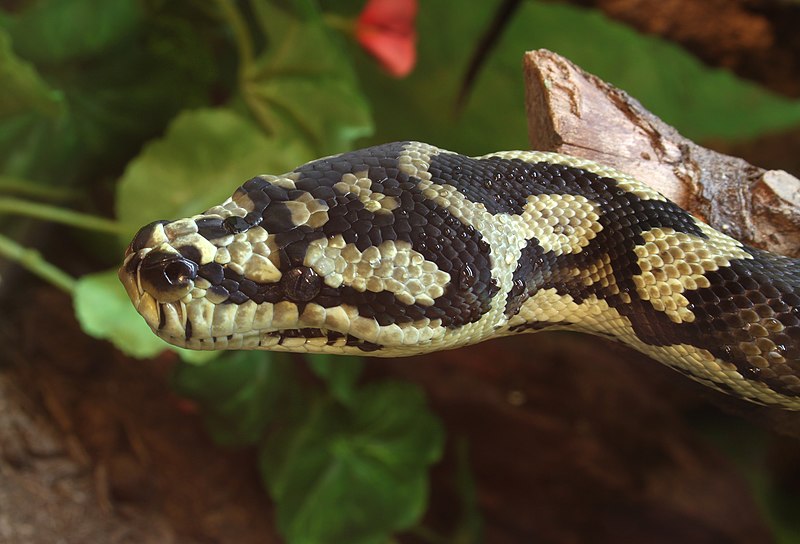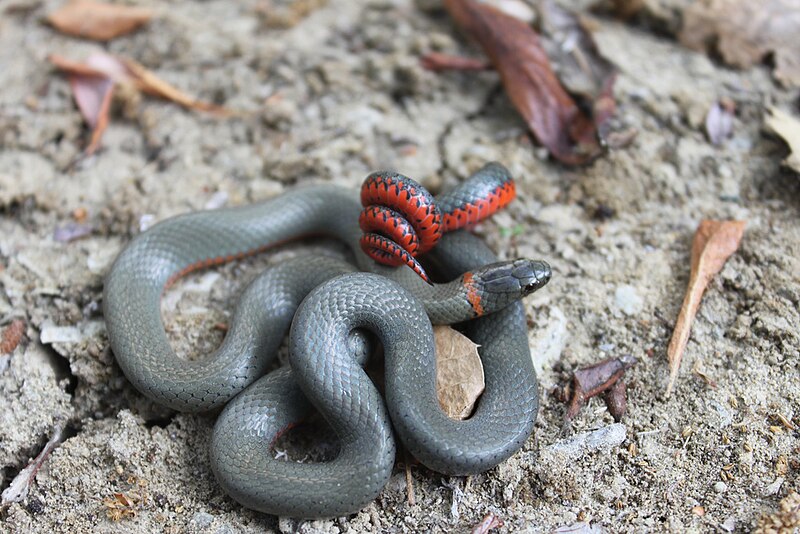 The 53 species in the family Boidae are an amazingly diverse group of snakes that have colonized habitats ranging from rainforests to deserts, in countries as diverse as Canada and India. Among them we find treetop dwellers, aquatic species, confirmed burrowers and generalists equally at home in farmland, savannas, desert fringes and forests. I’ve had the good fortune of studying Anacondas, Rosy Boas and others in the wild, and remain fascinated by all. Please be sure to post some thoughts about your favorites below.
The 53 species in the family Boidae are an amazingly diverse group of snakes that have colonized habitats ranging from rainforests to deserts, in countries as diverse as Canada and India. Among them we find treetop dwellers, aquatic species, confirmed burrowers and generalists equally at home in farmland, savannas, desert fringes and forests. I’ve had the good fortune of studying Anacondas, Rosy Boas and others in the wild, and remain fascinated by all. Please be sure to post some thoughts about your favorites below.
Classification and Terminology
The family Boidae is divided into 3 subfamilies. Most boas are placed in the subfamily Boinae. The ten Sand Boas of southern Europe, Africa and Asia, the Calabar Ground “Python” and North America’s Rubber and Rosy Boas are classified in the subfamily Erycinae. Ungaliophiinae is comprised of the Oaxacan, Isthmian and Panamanian Dwarf Boas.
The term “boa” usually refers to the Common Boa. A short “first name” is applied to others, i.e. Rough-Scaled Boa, Rainbow Boa, Malagasy Tree Boa, Pacific Boa. Read More »
 That Reptile Blog – Reptile, Amphibian and Exotic Pet Care and Information
That Reptile Blog – Reptile, Amphibian and Exotic Pet Care and Information



